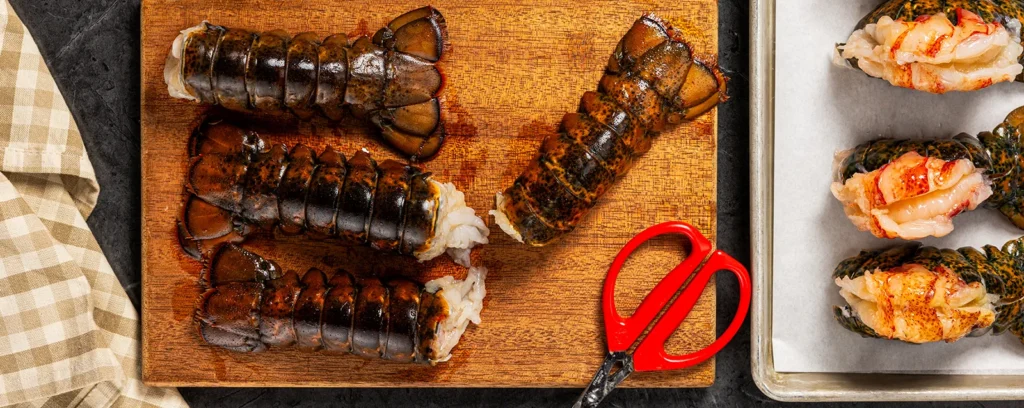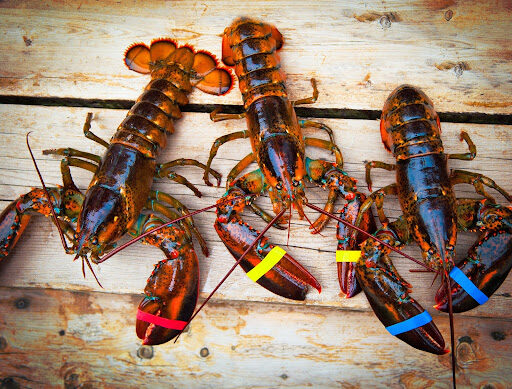
10 Things You Might Not Know About Lobster
Lobsters aren’t red.
At least, not until you cook them. Most lobsters are typically greenish brown (or brownish green) in color which helps them blend into their surroundings. Occasionally, lobstermen will catch lobsters that are blue, orange, or even calico in coloring!
Size matters!
Maine lobstermen are restricted to only catching lobsters with a carapace bigger than 3 ¼ inches and less than 5 inches in length. The carapace is the main shell, and is measured from the eye socket to where the shell meets the tail. Lobsters that are bigger or smaller than the legal size are thrown back into the water to preserve the breeding population. The largest recorded lobster weighed around 44 pounds and measured over 3.5 feet! (This lobster was from Canada.)
Lobsters pee to communicate.
One way that lobsters establish dominance and avoid aggression is to release urine. Just when you thought it couldn’t get any better: lobsters urinate out of their heads!
Lobsters are cannibalistic.
It was once thought that lobsters only resorted to cannibalism when they were in captivity, but scientists have discovered that cannibalism occurs in the wild, too. (Even lobsters find lobster delicious!)
Two different claws!
Lobsters each have two different claws, a crusher claw and a pincher claw. The crusher claw is often bigger and rounder with less sharp edges and is used for, you guessed it, crushing prey and breaking shells. The pincher claw (sometimes referred to as the cutter claw) is narrower and often quite sharp and used to tear objects.
They eat anything.
Lobsters are opportunistic feeders meaning that they will feed on a variety of items including fish, crabs, mollusks, and even dead organic matter.
Lobsters can’t process pain.
Most scientists agree that the absence of a complex brain structure and the lack of evidence for conscious awareness in lobsters make it unlikely that they will experience any pain in the same way as animals with more advanced nervous systems.
Lobsters can die of exhaustion.
Lobsters will grow and molt and grow throughout their lives until they die from predation or get tired of growing. This happens when it starts to take too much energy for them to be able to survive –because they are just too big. While there’s no scientific way to age a lobster, many believe that lobster can live to be over 100 years old!
Lobster meat is so good for you.
Lobster is a high-quality protein. A 100-gram serving of cooked lobster provides approximately 25 grams of protein, accounting for nearly half of the daily protein requirement for an average adult.
Lobsters can regrow their claws.
If a lobster loses a leg, antenna, flipper, or claw, it will regenerate. This process can take over five years. You can tell if a lobster has lost a claw because the new claw will look much smaller than their other claw. If a lobster is missing a claw, it is called a cull.




